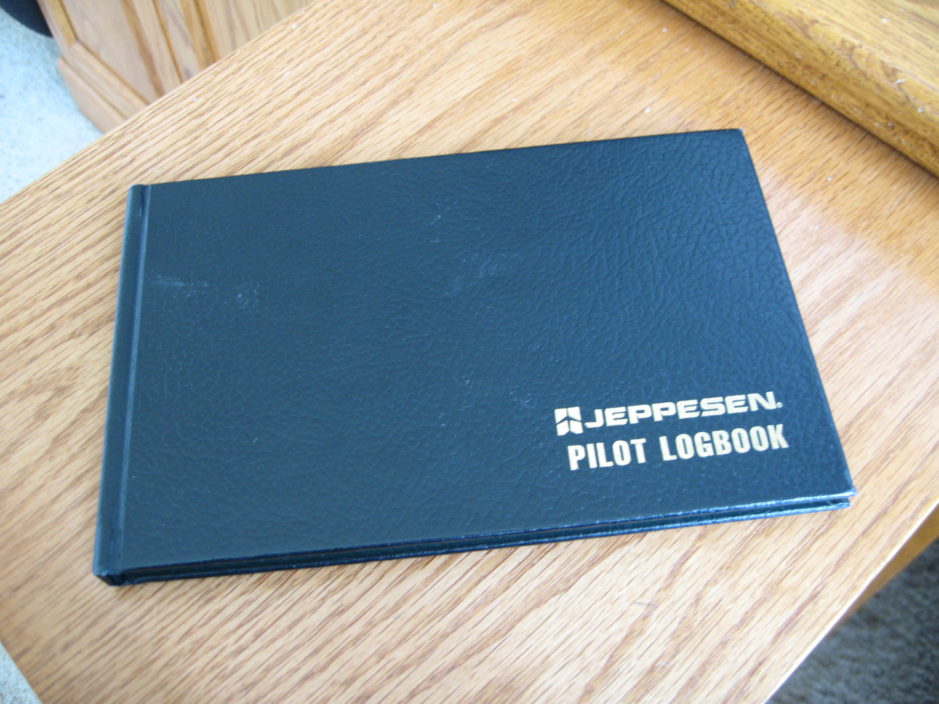Our parents, teachers and coaches used to say “There are no shortcuts!”. Lately, however, shortcuts have become essential parts of our jobs, our culture, and our lives. We call them hacks, bridges, algorithms and even cheats, and there is no longer any shame in using them.
Serious performers know that keeping your game at a high level over the long term requires an ongoing commitment to knowing your art and yourself in depth. Nonetheless, a good hack can help you jump to where you need to be in the short term from time to time.
Herolab Hack #1: Keep track of Signals and Noises…and don’t do anything else!
If you have taken a look at our mental skills program you will know that we place a high value on logging or journaling. The process involves systematically keeping track of specific aspects of your mental performance, so that you can later harvest feedback that is encoded in every challenging or stressful experience. We also focus on developing the ability to intuitively recognize the difference between Signals and Noises when you perform. In a nutshell, Signals should have your attention when the chips are down and Noises should not. We frequently quantify the performance of electronic systems in terms of Signal-to-noise ratio or fidelity. It turns out, not all that shockingly, that human beings who perform in a challenging, creative, or competitive environment also experience a similar correlation between the fidelity of their focus, (think S/N ratio) and the quality of their performance.
So here’s the shortcut…
- Write out an ACTIVITY list. List any activities that you perform under pressure where you feel you must impress or get good results. These typically include presentations, conversations, performances, competitions, practices, recitals or training sessions. You can even include dating, dancing and making small talk if you are keen to do better at those!
- List at least three SIGNALS for each activity. Signals are the things that you should be aware of or pay attention to during the listed activity.
- List at least two NOISES for that same activity. Noises, by definition are things that your attention might drift to. Noises are irrelevant, distracting or both. Noises include distracting sights, sounds, or ideas including nervous or negative thoughts.
- Before performing any activity briefly go over both lists, first the Noises, then the Signals.
- After each performance reconsider your list of Signals and Noises for the given activity and update, elaborate or edit it as needed. Remove any Noises that no longer appear to distract you. Keep it all very brief.
Have fun! This simple practice will gradually help you recognize, anticipate and become less susceptible to mental noise at game time, even if you put no other effort in to do so.
If you want to learn more about journaling for mental skill development and in particular the S/N database check out Building your Cognitive Log.



Leave a comment